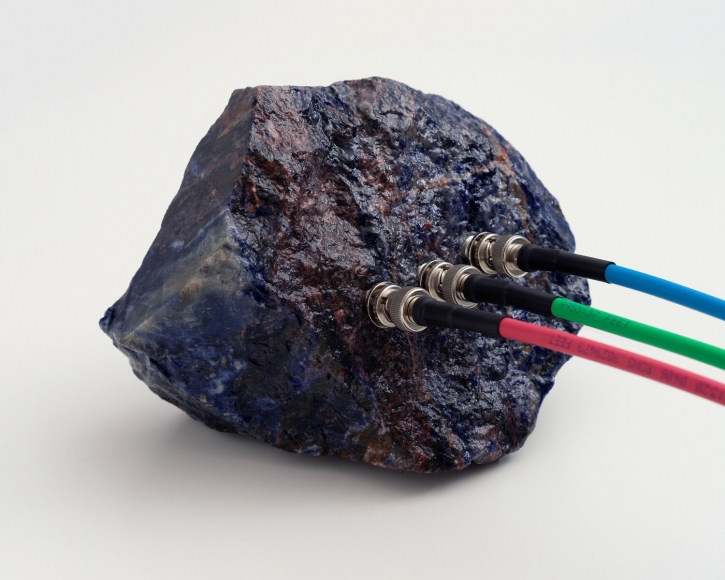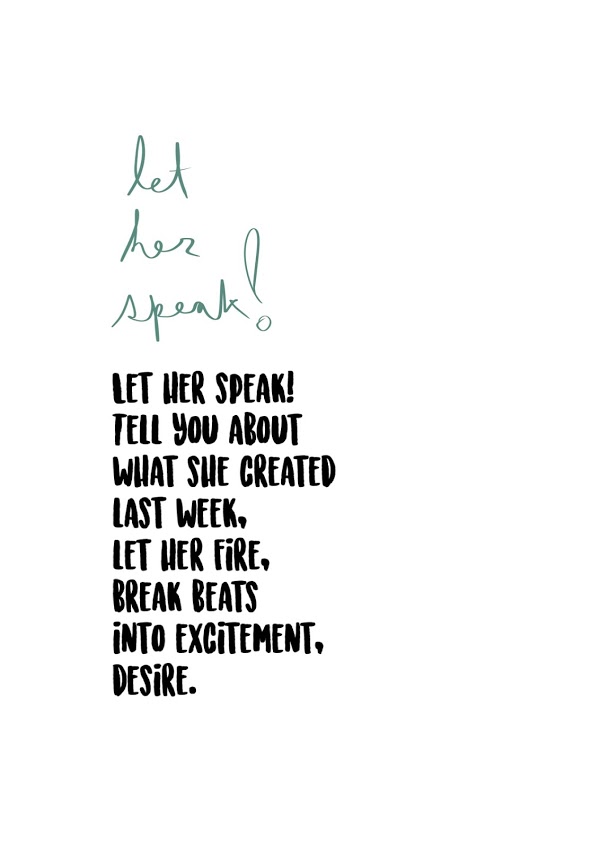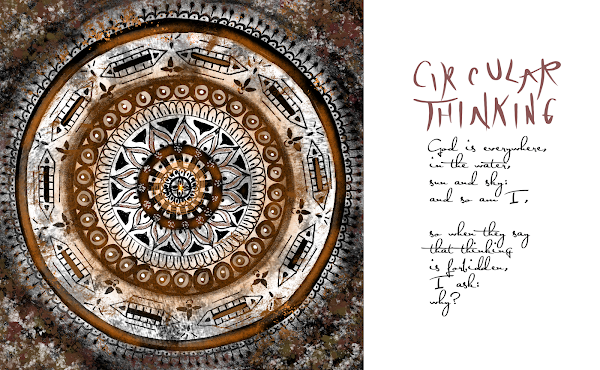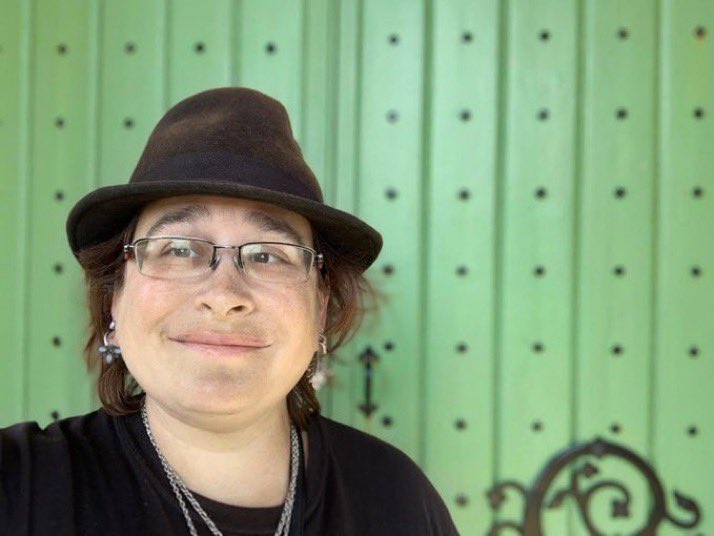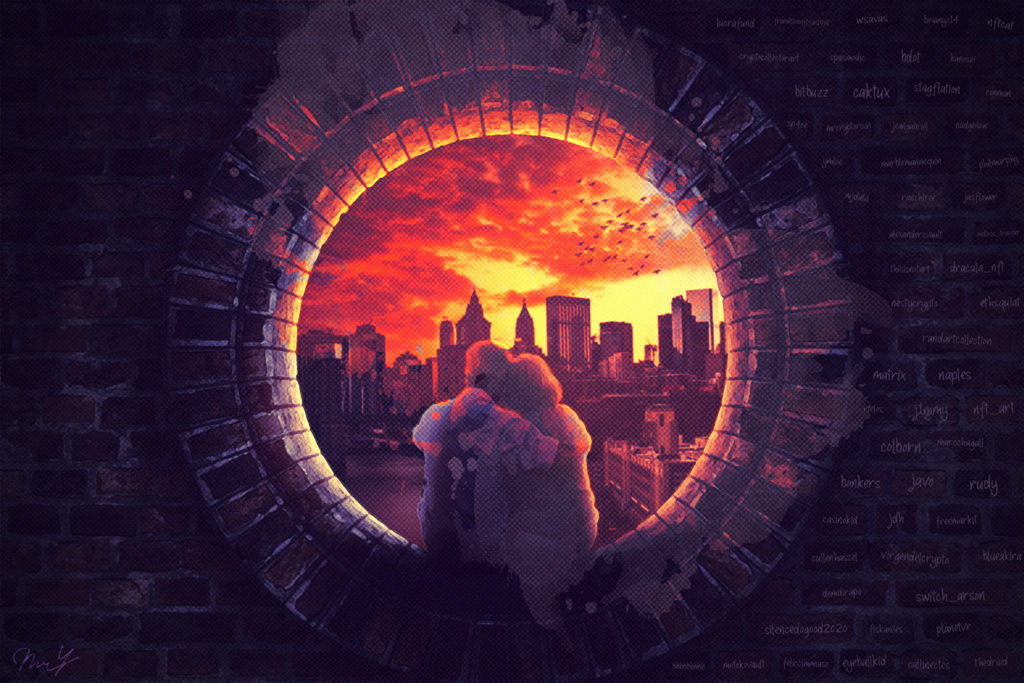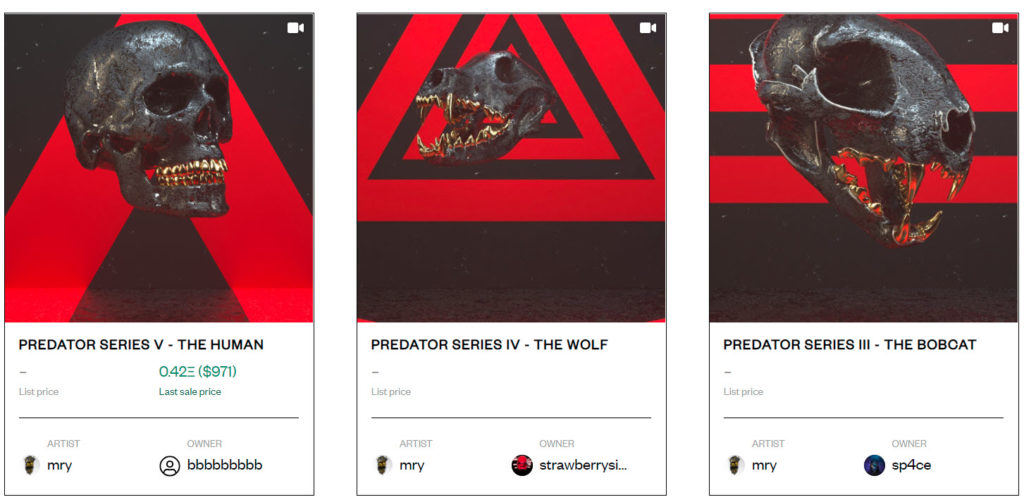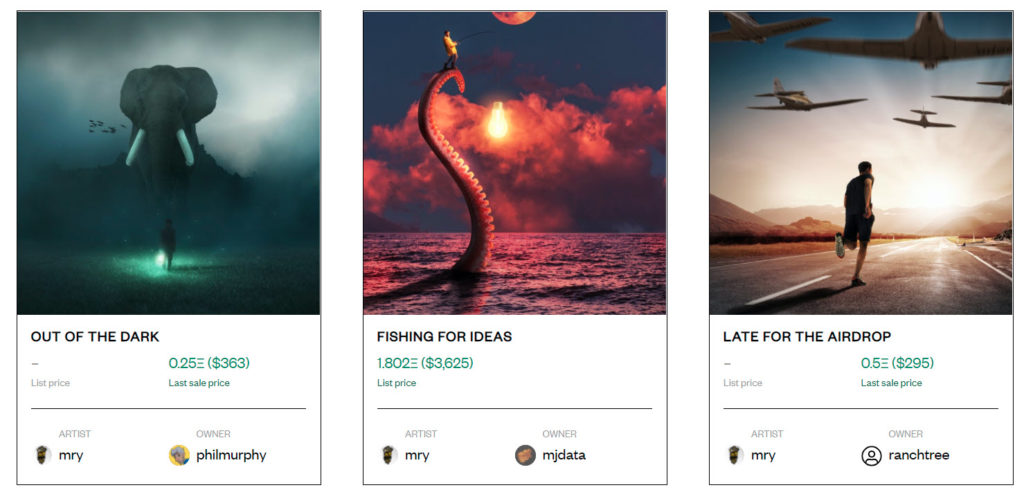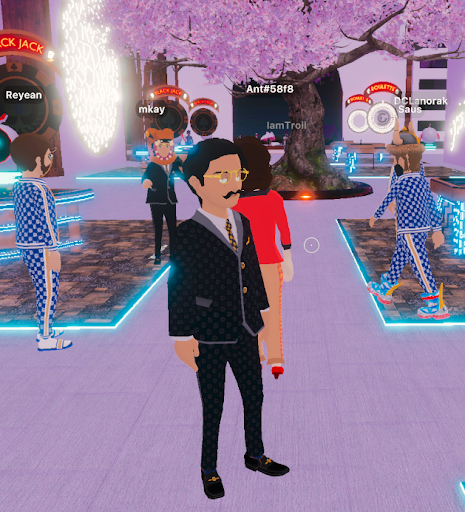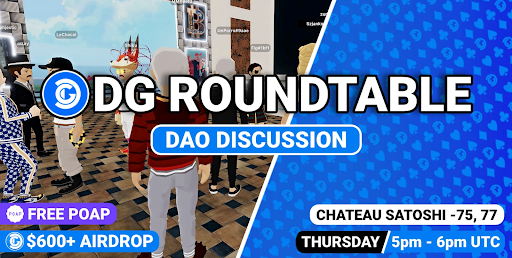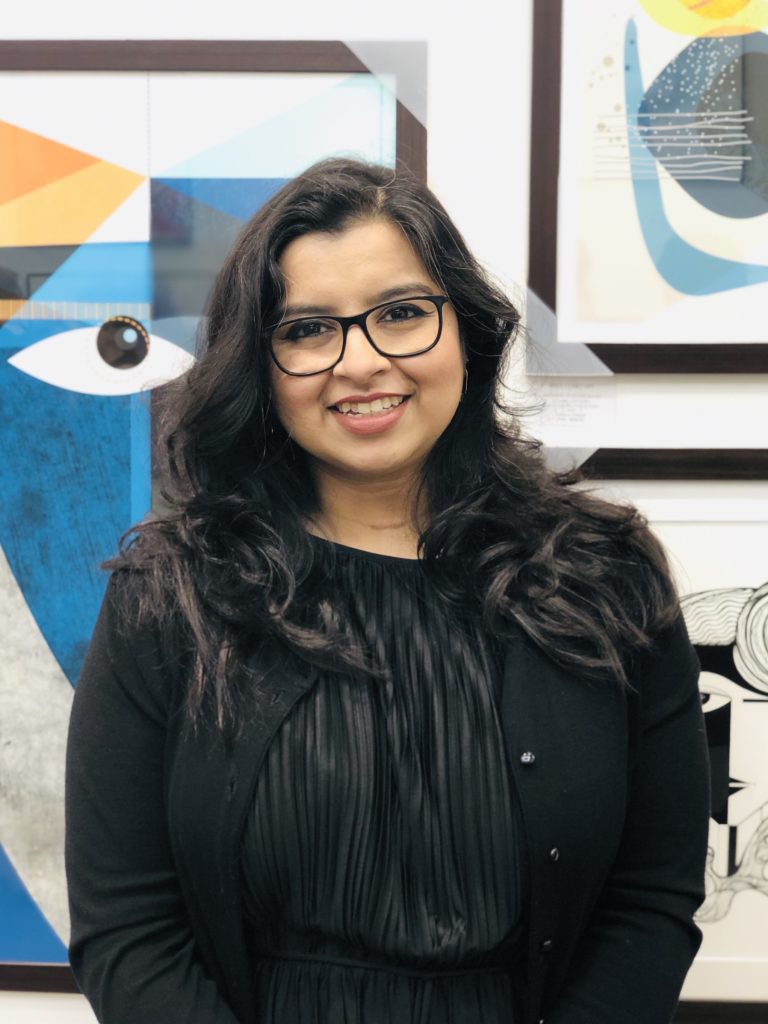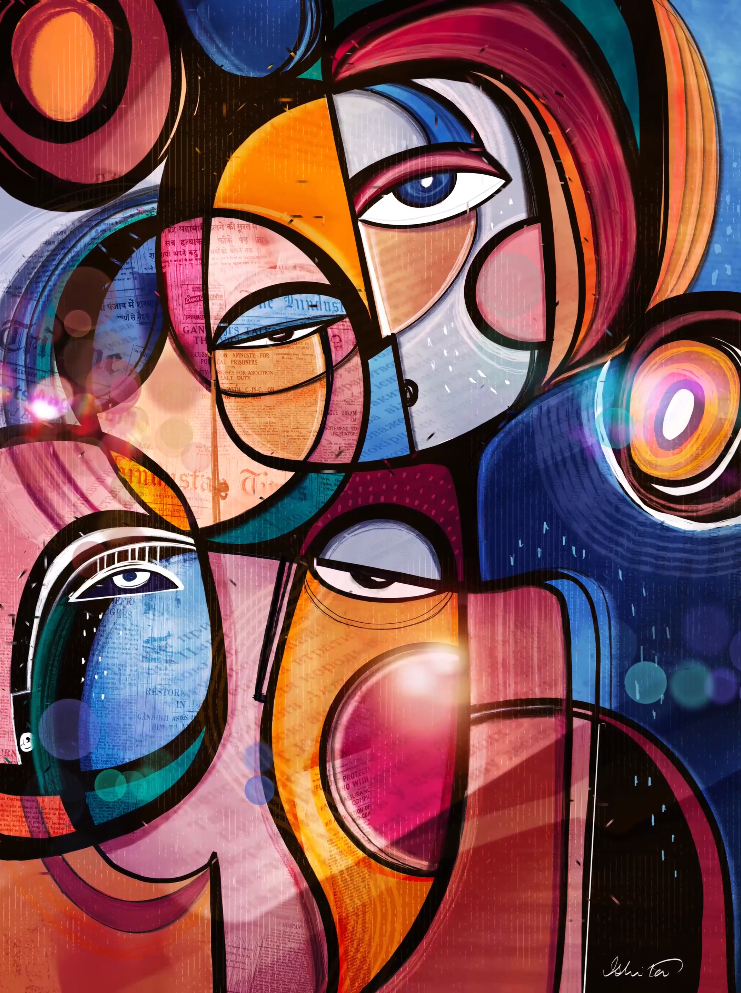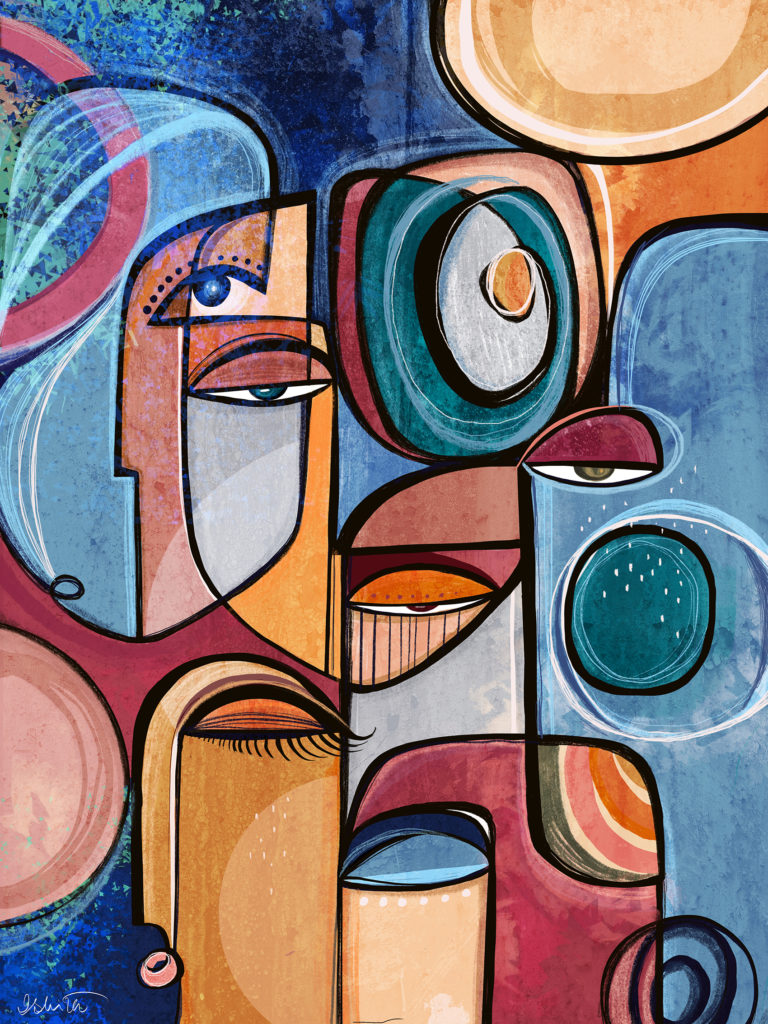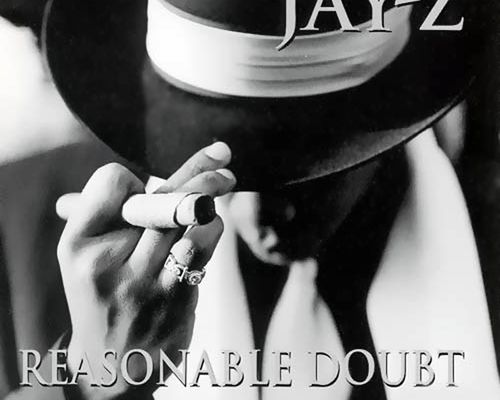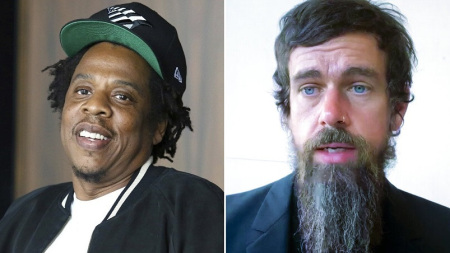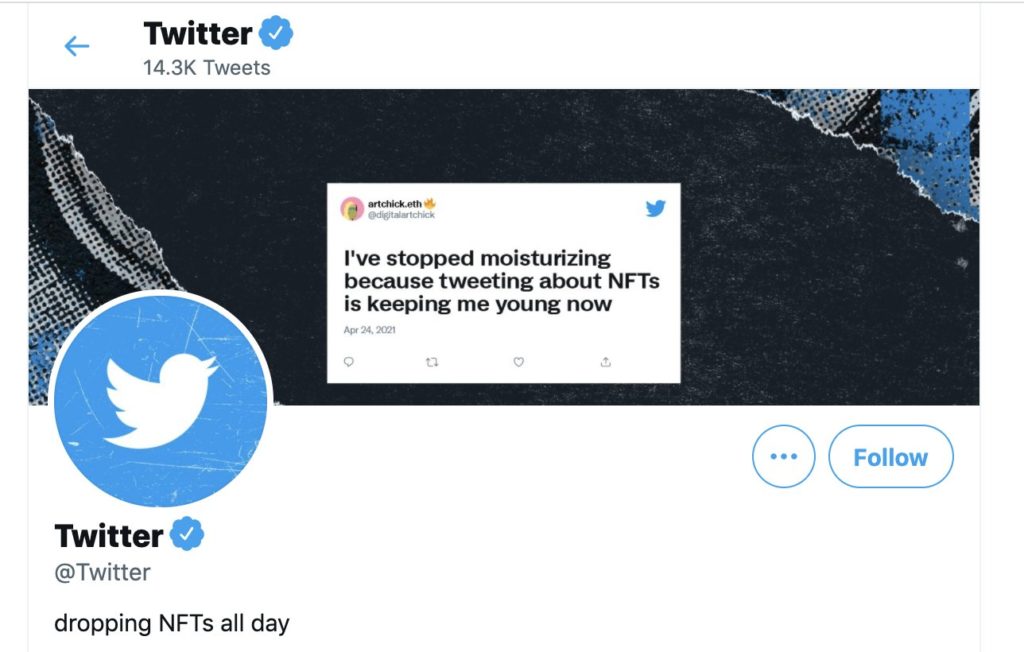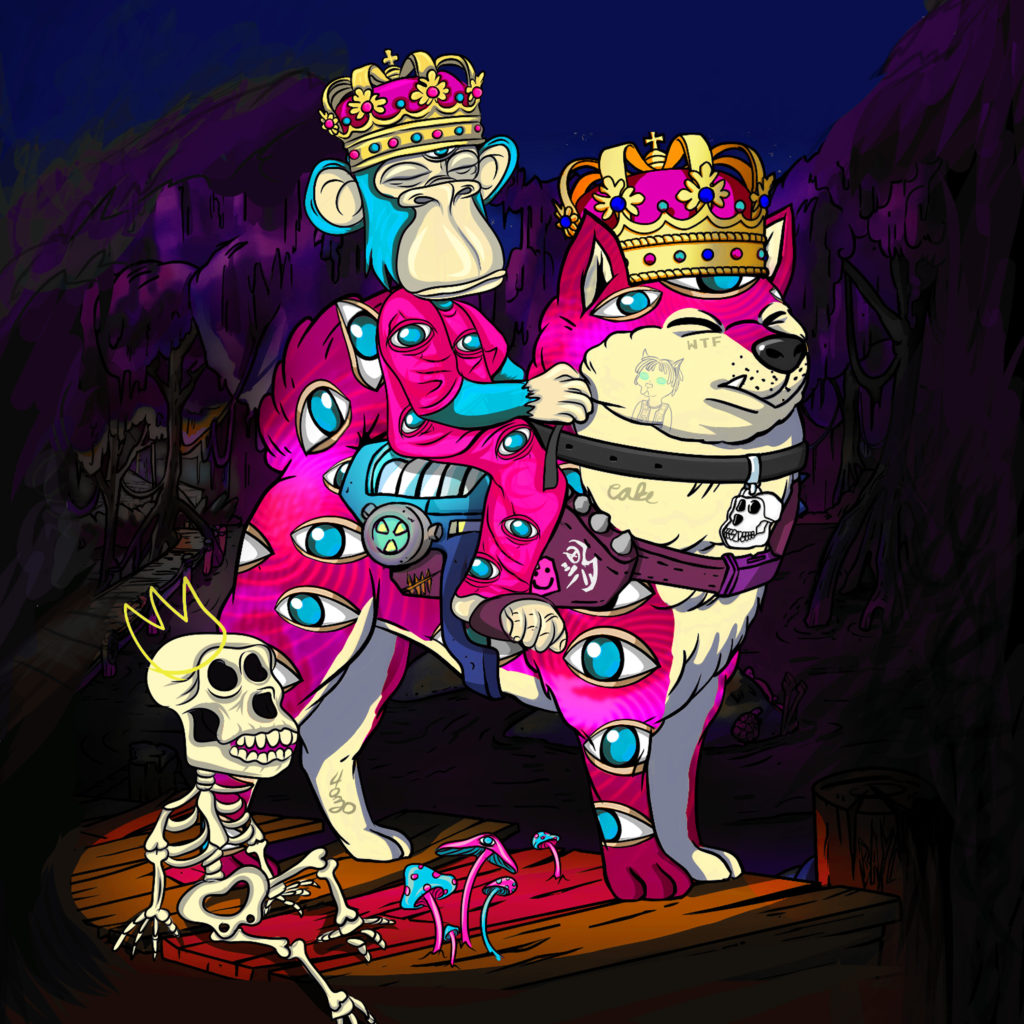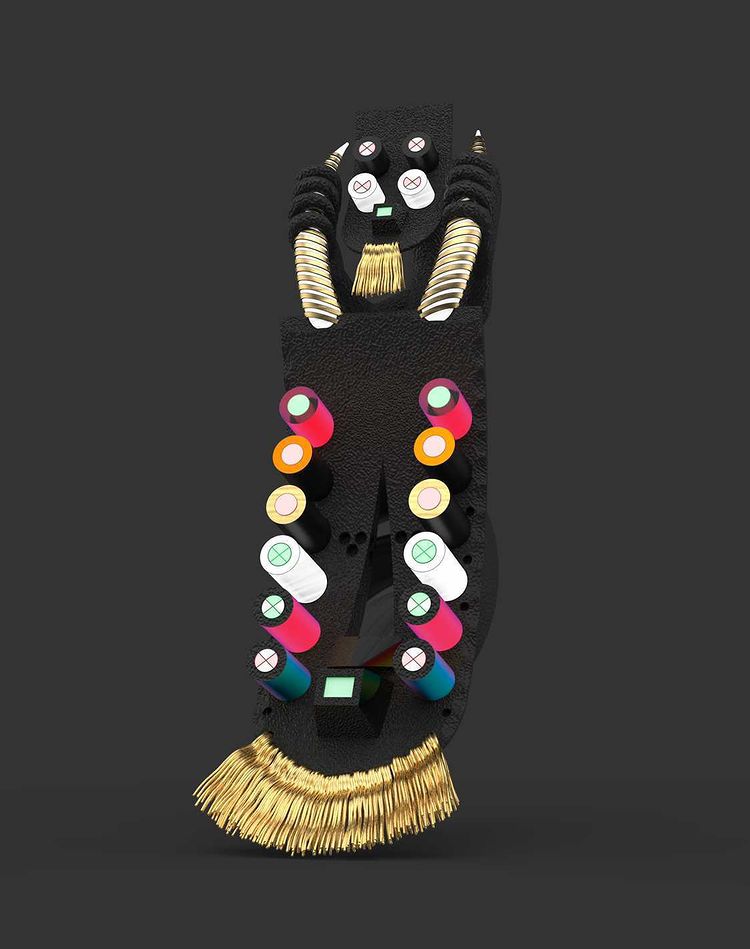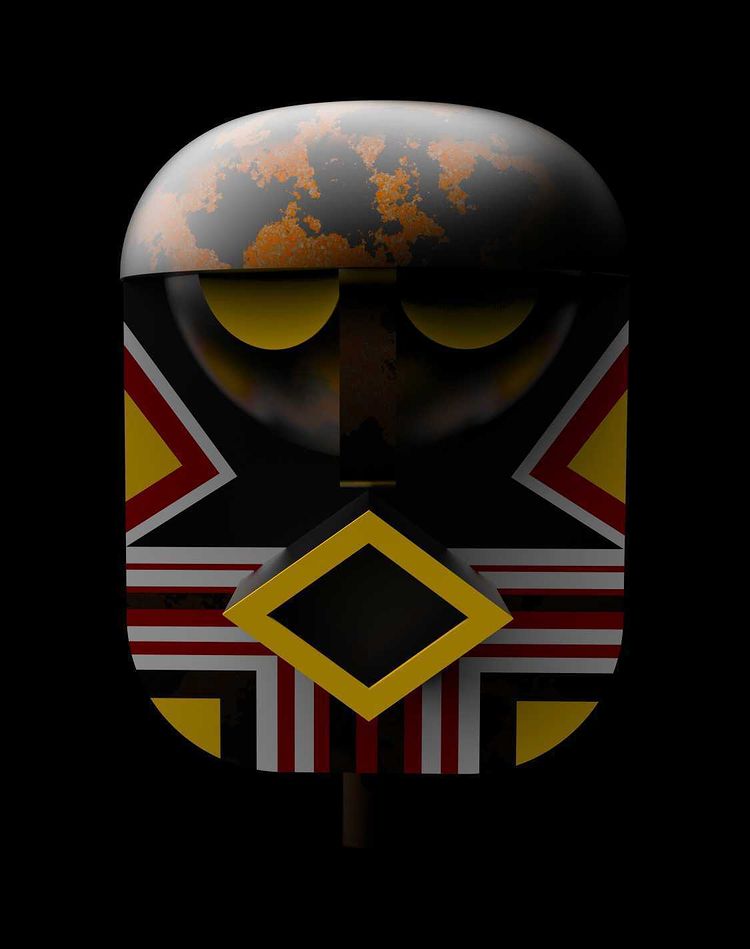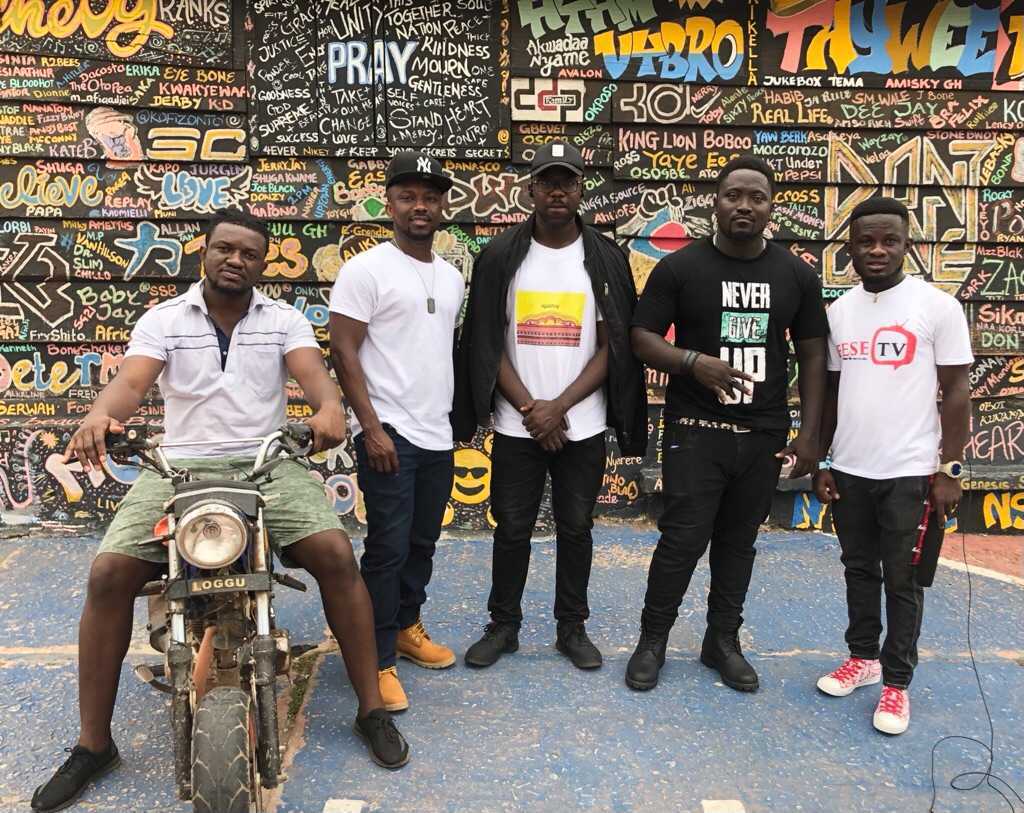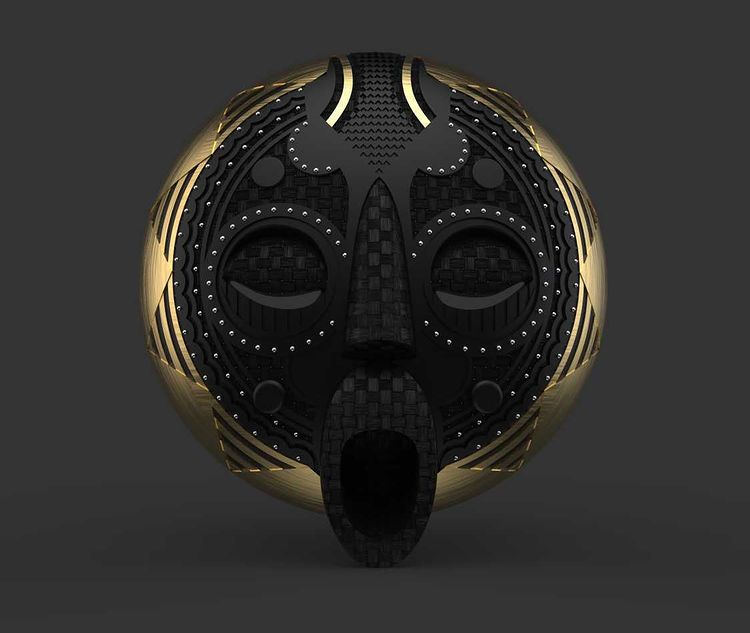SUMMARY
Tech Talk Media LLC, an award-winning US production company, announced its production of a new documentary series called NFTme. The series will cover the NFT Digital Art & Cryptocurrency industries, both of which are currently experiencing rapid growth.
About Tech Talk Media LLC
Co-founded by serial entrepreneur and creator Jonny Caplan, the award-winning production company Tech Talk Media is renowned for creating high-production factual TV and film content for tier-one broadcasters. Their programming features technology, innovation, outstanding individuals, and major lifestyle shifts.
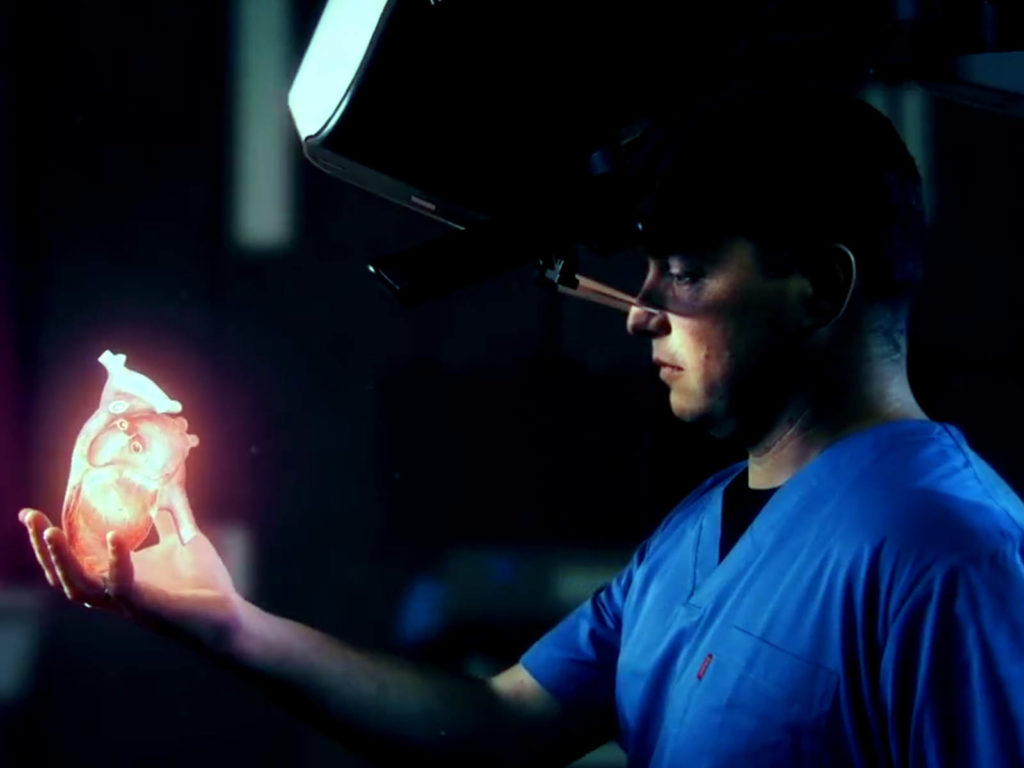
In addition to being a hit Amazon series, Tech Talk Media‘s flagship production, “TechTalk,” may now be viewed on Apple TV, Discovery, Roku, and Peacock (NBC) reaching 500m viewers monthly and broadcasts in 80+ countries. PwC & NASA also signed strategic alliances with the company in 2020, which has received 15 International Film Festival Awards. Moreover, since the series debuted in October 2019, more than $350 million in funds and strategic partnerships have been raised by 50+ under-the-radar tech start-ups on TechTalk.
There are several upcoming productions by Tech Talk Media, including Inside NASA’s Innovations – inside NASA’s US facilities and technology innovation – The Rise of A.I. – a peek into the artificial intelligence industry – The Cannabis Biz – discovering the Cannabis market, innovators, and brands – TechHeroes – a sustainability competition series – and Women in Charge – a docu-series on female entrepreneurship – among others.
A selection of trailers is available through the Company’s website.
Jonny Caplan: The Visionary CEO & Co-founder
Jonny Caplan has a diverse range of talents and skills. In addition to being an architect and multidisciplinary artist, he is also a successful entrepreneur and NFT artist. He was often featured on television and the front page, and social media of major NFT platforms. He was also one of the featured artists in the NFTs.Tips 2021 Miami exhibition.
“Total sales in the online art and antique market worldwide roughly doubled in 2020 over the previous year, as the coronavirus (COVID-19) pandemic forced auction houses and dealers to find alternatives to in-person events. Overall, global online art and antique sales amounted to 12.4 billion U.S. dollars in 2020, rising from six billion U.S. dollars in 2019.” – Statistica
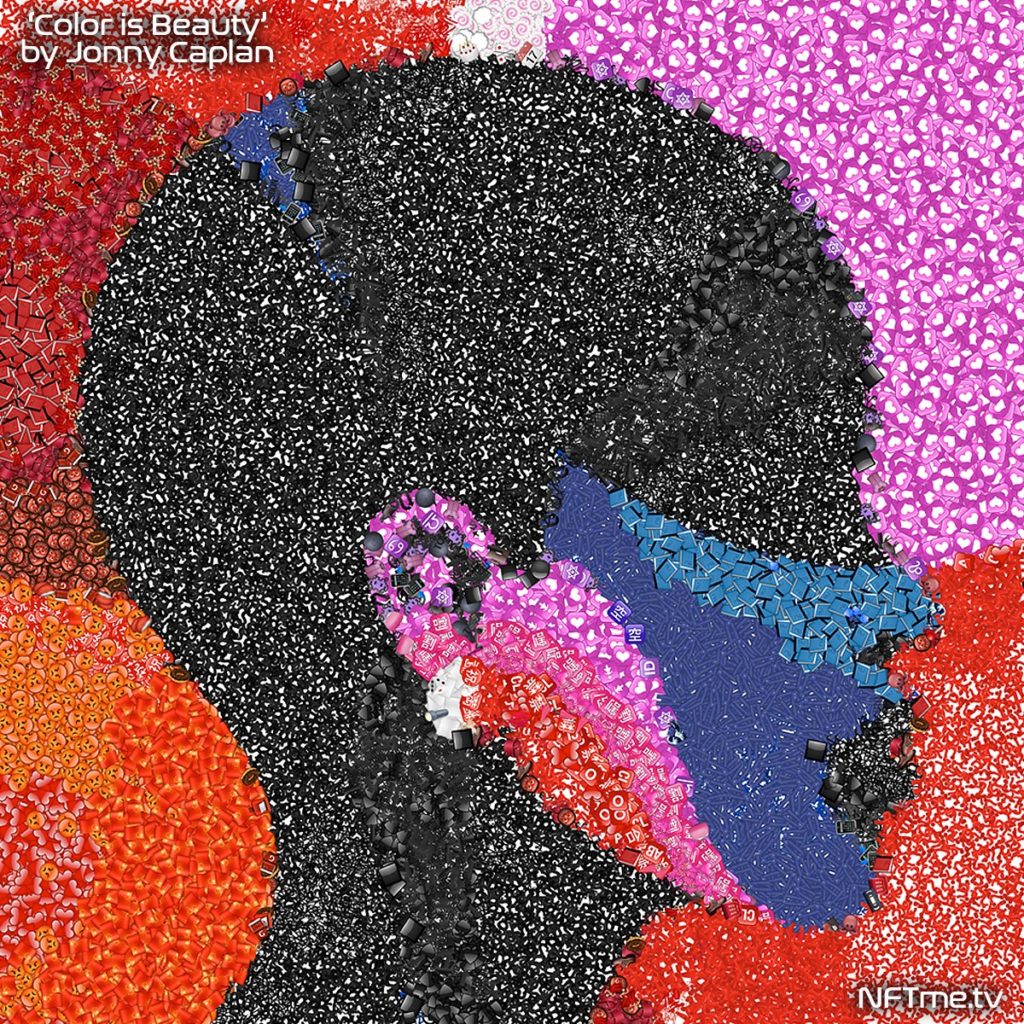
Being Executive Director, Producer/Director, CEO, and Co-Founder on most projects, Caplan notes that he is very enthusiastic about the NFT market. After noticing the wealth of activity, innovation, support, and creativity, Once he’d researched the space, Caplan remarked “This is exactly what the world needs right now: an army of creatives and innovators to make a positive impact and global effect. The spirit and unity inside the NFT community is something I haven’t seen before, the sense of community, the supportive nature, generous actions, and commitment are second to none. Frankly, the world is missing these very values, and I am hugely encouraged by what I have witnessed over the last few months.”
By producing the NFT Documentary Series, Caplan, who was reluctant to share too much information about the Series at this early point in its production, intends to make an important contribution to society. He says, “We are currently in pre-production, with an incredible guest list and spectrum of content. The idea is to educate the masses on the wonderful innovation and community inside this fast-growing industry. I mean, if we can really make a change in the world, it’s to accelerate its exponential growth and transmit all these values across the globe.”
“2020 was undoubtedly a turning point for the online art market. Auction houses and art fairs boosted their digital presence, relying on formats such as Online Viewing Rooms (OVRs) – letting art collectors and enthusiasts experience 3D digital reproductions of artworks – as well as streaming auctions and events. During ONE, a global online auction organized by Christies, a Roy Lichtenstein’s painting was sold for more than 46 million U.S. dollars, making it the most expensive lot sold by Christies in 2020. 2021 also looks to be an important year for online art sales, with non-fungible tokens (NFTs) and crypto art hitting the news when a digital collage by American artist Beeple was sold in an online-only auction by Christies for 69.3 million U.S. dollars.” – Statistica
22 million people tuned in for the final moments of @Beeple's historic sale this morning, which totaled $69.3 million. Relive it from the artist's POV in this link! #beeple #digitalart #digitalartist #artist #art #thefirst5000days #nft https://t.co/XaREV5Fdvu
— Christie's (@ChristiesInc) March 11, 2021
NFTme & its NFT Utility Tokens
The company has stated that they will launch NFT utility tokens alongside the production, connected to the production, and give individuals a chance to collaborate and participate. In short, NFTme Season One will feature 50 Utility NFTs which will be released in July 2021– accessing a share of the profits from the production along with their pro-rata DAO on the content direction.
In addition to their track record of award-winning productions, Tech Talk Media specializes in business, innovation, technology & media, making it the perfect time to create a documentary series like this. “No doubt can be made on the shift, uptrend and global interest in NFTs, as of June 15, 2021, the aggregated sales value of NFTs over 30 days amounted to approximately 58.4 million” – Statistica
LINKS
Tech Talk Media LLC: www.TechTalkMedia.tv
Jonny Caplan, CEO: https://uk.linkedin.com/in/jonny-caplan-897755a
NFTme Documentary Series: www.NFTme.tv
Jonny Caplan Art: www.linktr.ee/futuresurfer
Featured Image: Photo Source: Tech Talk Media LLC – CEO & Co-Founder Jonny Caplan


